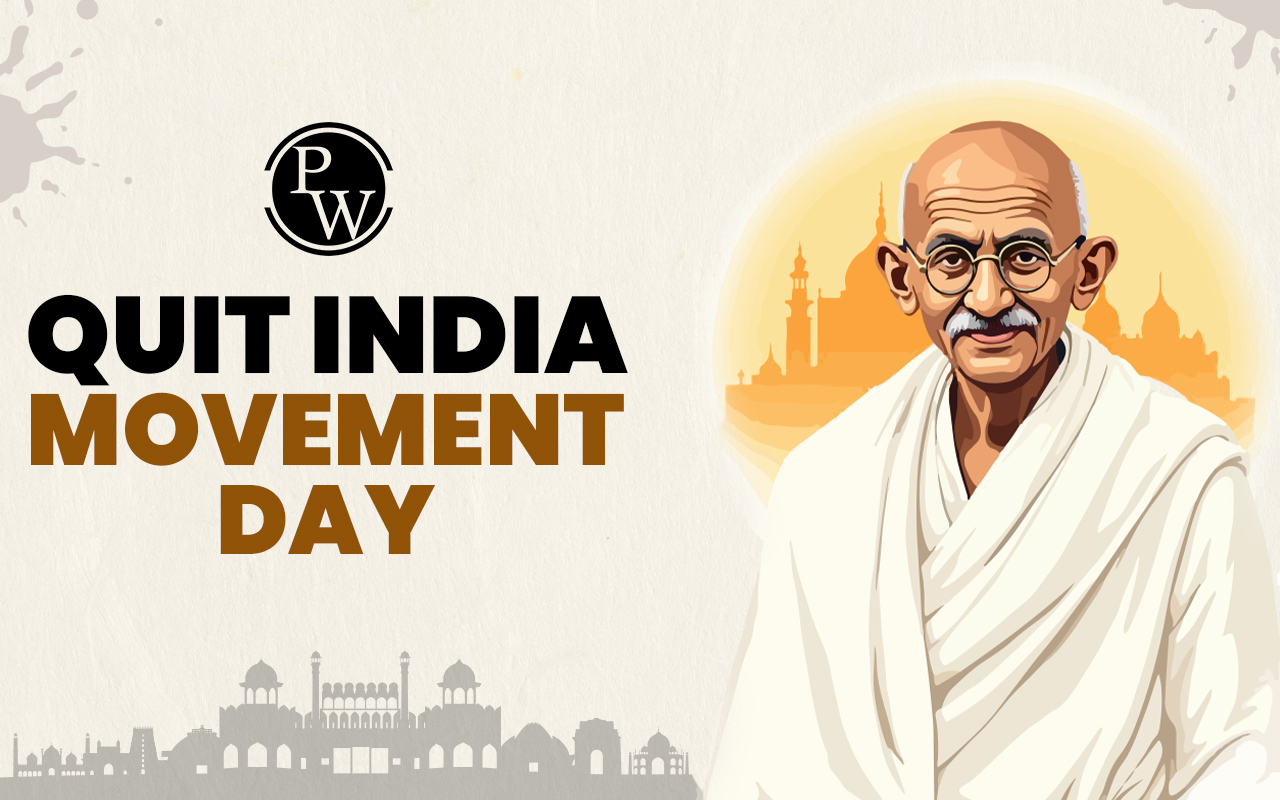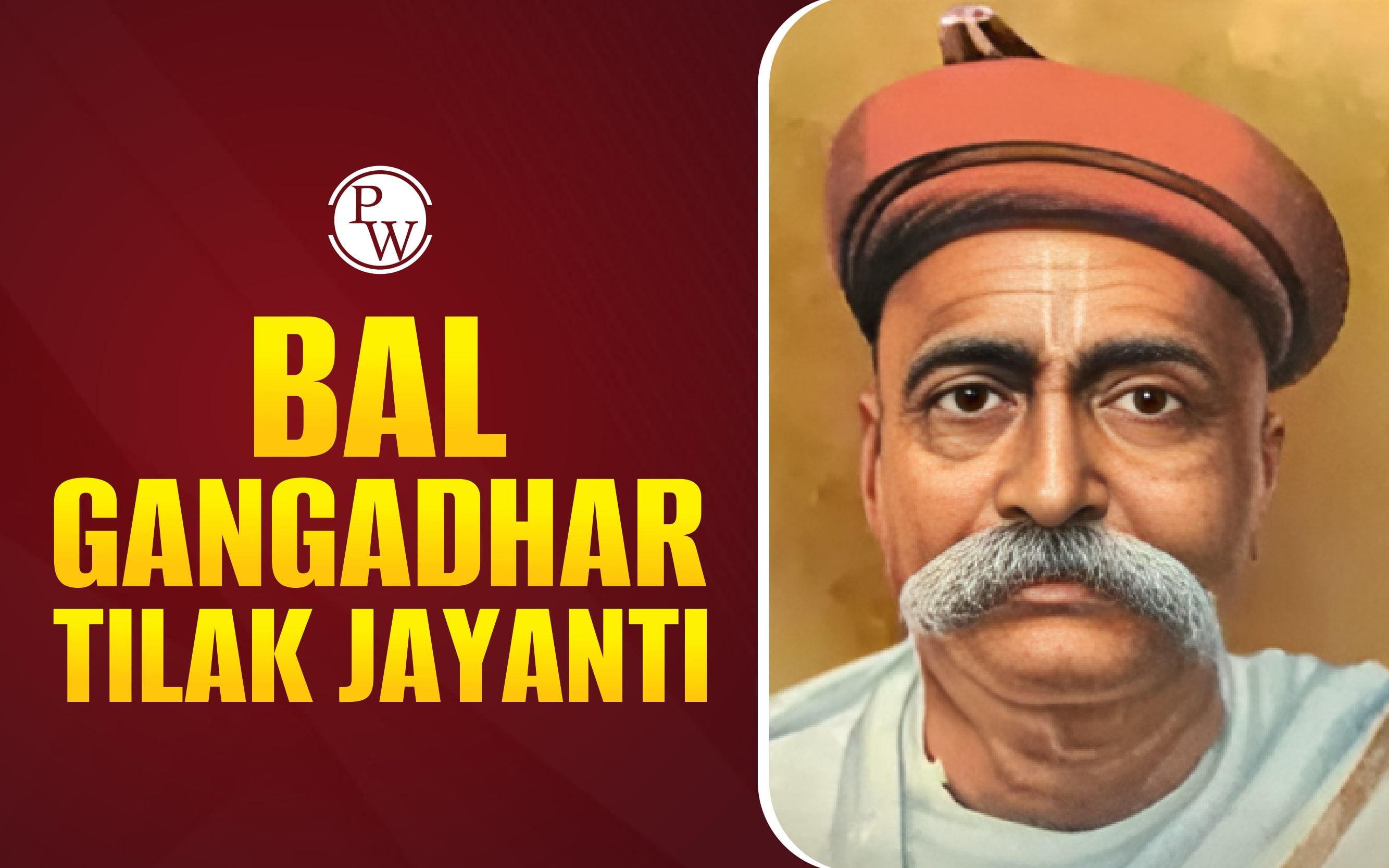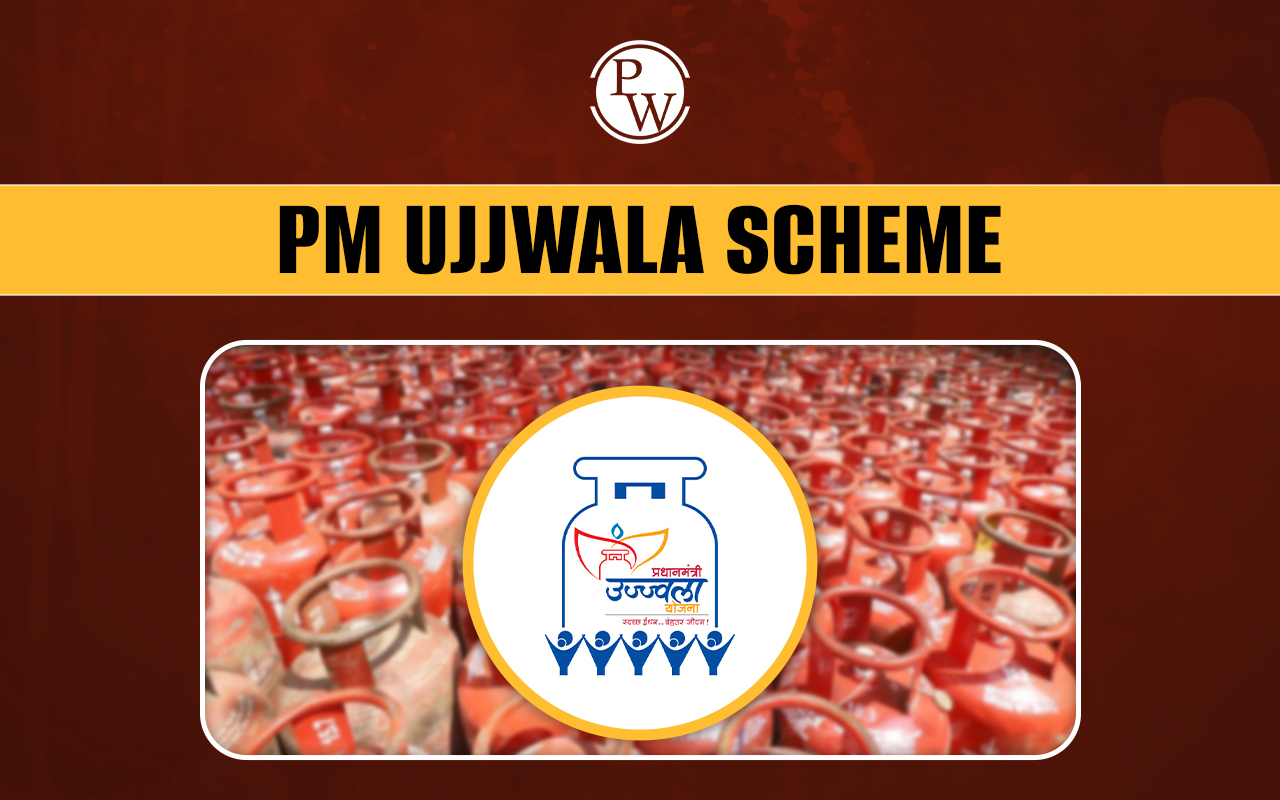

Cantonment in India: A cantonment refers to those special areas in India where military personnel live and work. These areas are built primarily for the safety, housing, and training of soldiers. Cantonments also provide civic services to civilians living within their boundaries. Cantonments in India are different from ordinary towns or cities because they are managed by the Cantonment Board. They play a very important role in India as they support national defence and also help maintain order in local communities.
Historical Background of Cantonments in India
The history of cantonments in India dates back to the British colonial period. The British required safe and organised places for their soldiers. Due to this, they started setting up cantonments in different parts of the country. After India became independent in 1947, these cantonments continued to serve the Indian Army.
Over time, they have grown into well-managed areas with both military and civilian populations.
- The first cantonment in India was set up in Barrackpore, West Bengal in 1765.
- Later, more cantonments were established in cities like Pune, Lucknow, Secunderabad, and Meerut.
- The purpose was to provide housing to soldiers and to keep them ready for military operations.
Legal and Administrative Framework of Cantonments
Cantonments are governed by special laws to ensure discipline and proper management. The primary law that governs them is the Cantonments Act, 2006. The supervision of cantonments is done through the Ministry of Defence. The Director General of Defence Estates (DGDE) and local Cantonment Boards are in charge of the smooth functioning of these regions.
The key features of these laws include the following:
- Civic Administration: It lays down rules for water supply, sanitation, public health, and education.
- Military Needs: It ensures that army requirements are always given top priority.
- Civil-Military Balance: It provides guidelines for managing both civilian residents and military staff.
Classification of Cantonments in India
Cantonments in India are different from one another. They are divided into four classes, based on the population of that region. This classification helps in planning and providing suitable civic services to the people living inside cantonments.
|
Classification of Cantonments in India |
||
|
Class |
Population Range |
Examples |
|
Class I |
More than 50,000 |
Pune Cantonment |
|
Class II |
10,000 – 50,000 |
Jabalpur Cantonment |
|
Class III |
Less than 10,000 |
Wellington Cantonment |
|
Class IV |
Primarily military use, with very few civilians |
Areas near border bases |
Structure of Cantonment Boards
Cantonment Boards are responsible for conducting the daily administration of these regions. They are similar to municipal bodies but work under military supervision. The structure of a Cantonment Board includes the following:
- President: The senior-most army officer in the cantonment (usually the Station Commander).
- Vice President: Elected from civilian members.
- Elected Members: Representatives chosen by the civilian population.
- Nominated Members: Military officials and government representatives.
- Chief Executive Officer (CEO): Appointed by the central government to look after the day-to-day work.
Role and Functions of Cantonments in India
Cantonments have both military and civic responsibilities. They ensure that soldiers live in a safe environment and also provide services to civilians. Cantonments in India are seen as a bridge between defence needs and community life. The major roles and functions of cantonments in India are provided in the table below:
|
Role of Functions of Cantonments in India |
|
|
Aspects |
Details |
|
Military Role |
|
|
Civic Role |
|
Cantonment in India List
India has more than 60 cantonments, spread across different states. These cantonments are strategically located to support the Indian Army in different regions. The largest Cantonment in India is in Pune. Some of the most important Cantonments in India are as follows:
Andhra Pradesh
-
Secunderabad Cantonment
Bihar
-
Danapur Cantonment
Delhi
-
Delhi Cantonment
Gujarat
-
Ahmedabad Cantonment
Haryana
-
Ambala Cantonment
Himachal Pradesh
-
Bakloh Cantonment
-
Dagshai Cantonment
-
Dalhousie Cantonment
-
Jutogh Cantonment
-
Kasauli Cantonment
-
Sabathu Cantonment
Jammu and Kashmir
-
Badamibagh Cantonment
-
Jammu Cantonment
Jharkhand
-
Ramgarh Cantonment
Karnataka
-
Belgaum Cantonment
Kerala
-
Kannur (Cannanore) Cantonment
Madhya Pradesh
-
Jabalpur Cantonment
-
Mhow Cantonment
-
Morar Cantonment
-
Pachmarhi Cantonment
-
Sagar Cantonment
Maharashtra
-
Ahmednagar Cantonment
-
Aurangabad Cantonment
-
Dehu Road Cantonment
-
Deolali Cantonment
-
Kamptee Cantonment
-
Khadki (Kirkee) Cantonment
-
Pune Cantonment
Meghalaya
-
Shillong Cantonment
Punjab
-
Amritsar Cantonment
-
Ferozepur Cantonment
-
Jalandhar Cantonment
Rajasthan
-
Ajmer Cantonment
-
Nasirabad Cantonment
Tamil Nadu
-
St. Thomas Mount cum Pallavaram Cantonment
-
Wellington Cantonment
Telangana
-
Secunderabad Cantonment
Uttar Pradesh
-
Agra Cantonment
-
Allahabad Cantonment
-
Ayodhya (Faizabad) Cantonment
-
Babina Cantonment
-
Bareilly Cantonment
-
Fatehgarh Cantonment
-
Jhansi Cantonment
-
Kanpur Cantonment
-
Lucknow Cantonment
-
Mathura Cantonment
-
Meerut Cantonment
-
Shahjahanpur Cantonment
-
Varanasi Cantonment
Uttarakhand
-
Almora Cantonment
-
Chakrata Cantonment
-
Clement Town Cantonment
-
Dehradun Cantonment
-
Landour Cantonment
-
Lansdowne Cantonment
-
Nainital Cantonment
-
Ranikhet Cantonment
-
Roorkee Cantonment
West Bengal
-
Barrackpore Cantonment
-
Jalapahar Cantonment
-
Lebong Cantonment
Reforms and Recent Developments
The Government of India, in recent years, has introduced several reforms to modernise cantonments. These changes focus on balancing the needs of the army and civilians. Some recent developments include the following:
- Digital Services: Online payment of taxes and access to services through mobile apps.
- Smart Cantonments: Plans to introduce better waste management, solar energy, and green parks.
- Reorganisation Plans: Discussions on merging some smaller cantonments with nearby municipalities for better management.
- Focus on Transparency: Steps to make the working of Cantonment Boards more open and citizen-friendly.
Importance of Cantonments in India
Cantonments play an important role in both defence and civilian life. Cantonments in India are significant for national security as well as for maintaining healthy communities. Their importance can be understood in the following ways:
- Military Preparedness: They keep the army ready for quick deployment.
- Strategic Safety: They provide secure areas for storing weapons and training soldiers.
- Community Services: They ensure civilians living inside get proper facilities.
- Economic Value: Local businesses inside cantonments support both the military and civilians.
- Environmental Balance: Many cantonments have green zones, which help in controlling pollution.
Cantonments in India UPSC
For UPSC aspirants, cantonments are an important topic in both Polity and Governance. UPSC may ask about their legal framework, historical background, structure of Cantonment Boards, or comparison with municipal bodies. Preparing notes on these points will help in exams like IAS, CDS, and CAPF.Key points to remember include:
- The first cantonment in India was set up in 1765 at Barrackpore.
- The cleanest Cantonment in India, according to the Swachh Survekshan 2024-25 Awards, is Secunderabad Cantonment. It was also adjudged as the cleanest cantonment in India.
- They are governed by the Cantonments Act, 2006.
- Classification: Class I, II, III, and IV based on population.
- Administration: Run by Cantonment Boards under the Ministry of Defence.
- Difference between cantonments and municipal corporations.
- Current reforms like digital services and smart cantonments.
Cantonments in India FAQs
What is a cantonment in India?
When and where was the first cantonment in India established?
Which law governs the functioning of cantonments in India?
How are cantonments classified in India?
Why are cantonments important in India?












